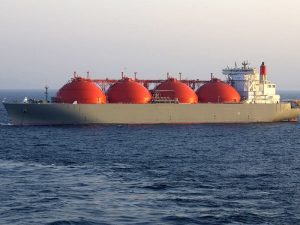Australia has begun to address climate change. We have committed to reducing greenhouse gas emissions by 26-28 per cent below 2005 levels by 2030. Yet we do not have a comprehensive, credible domestic policy framework to achieve this target. We do not even have bipartisan support for the central planks of such a framework, which is essential for such an important public policy issue.
The government has a suite of policies in place to meet its current target of reducing emissions by five per cent below 2000 levels by 2020. These will need to be re-engineered, if not redesigned, to meet the 2030 target and any additional targets the government may commit to in future.
The Labor Party is consulting on a target of reducing emissions by 45 per cent below the 2005 baseline by 2030. It has also committed to a cap on emissions of unspecified coverage, an associated emissions trading scheme and an aspiration to generate 50 per cent of Australia’s electricity from renewables by 2030.
We have consistently maintained that an economy-wide, market-based scheme is the most effective and efficient means of reducing Australia’s emissions. This remains the case. But adoption of market-based schemes, such as cap and trade schemes, has been inconsistent and politically fraught both in Australia and internationally.
If these issues cannot be overcome, policymakers in Australia need to look at alternative options that achieve the current 2030 target (and, potentially, more stringent targets) without straying too far from the efficient ideal.
Bipartisan support is essential for whatever mechanisms are adopted. Firms are unlikely to make long-term investments to reduce their emissions unless they are confident that policies are stable.
Despite political agreement on targets, Australia has lacked political consensus on climate change policy since 2008.
In our new working paper we assess a range of policy options that could reduce emissions, including cap and trade emissions trading, carbon tax, intensity baseline emissions trading, emissions purchasing, regulation and tradeable green certificates. We assess each policy for:
∙ credibility: ability to meet the volume of emissions reductions required by current and future targets;
∙ political viability: capacity to evolve from current policy settings and achieve bipartisan support;
∙ flexibility: ability to adjust to changes in targets, political devel- opments and technological change;
∙ adaptability: potential to move towards an economy-wide market- based scheme over time;
∙ public acceptability: ability to be understood and accepted by the community; and
∙ low cost.
None of the plausible policies fulfils all of the criteria. The task is to find solutions to the limitations of an individual policy, or to combine policies so that collectively they satisfy the criteria.
(See table below, please click to enlarge).
This article is an extract from a paper written by Grattan Institute’s Tony Wood, David Blowers and Greg Moran.









